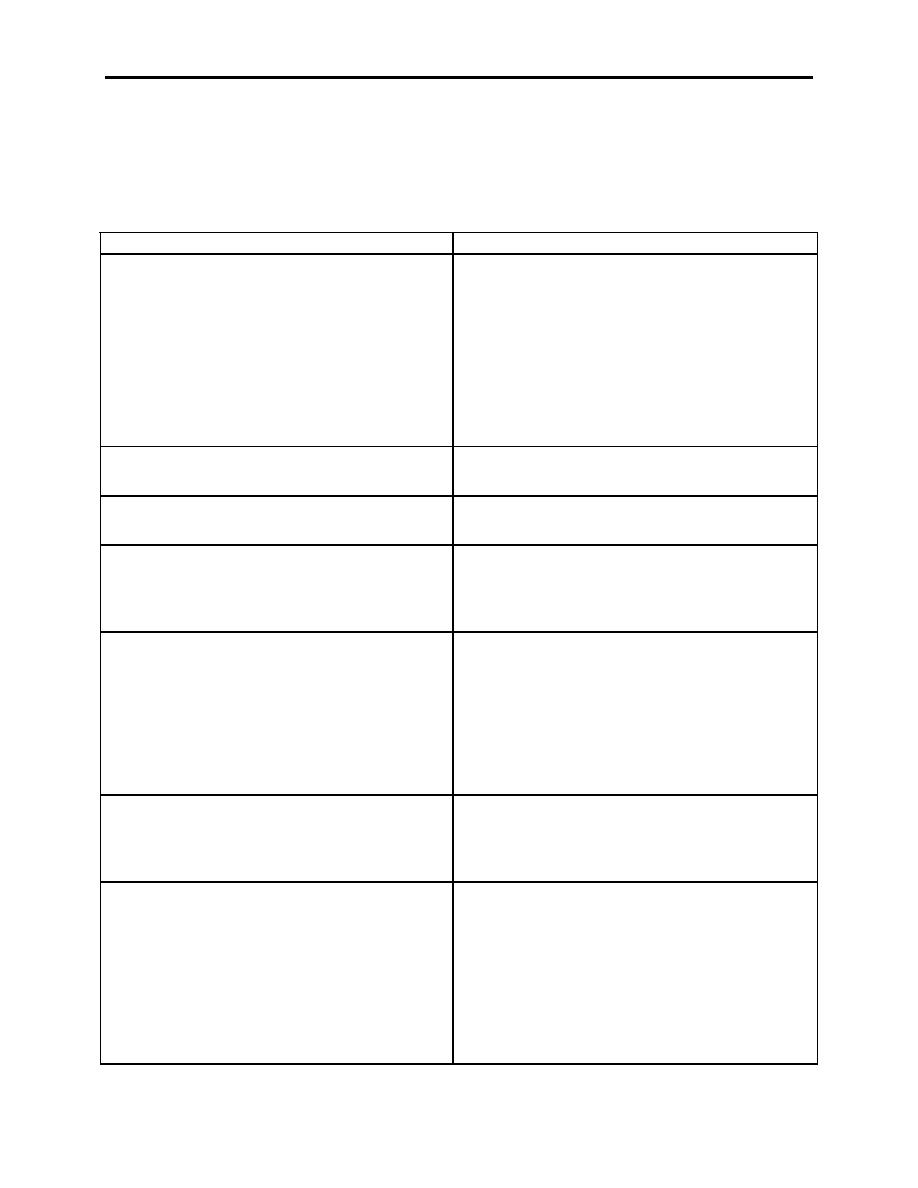 |
|||
|
|
|||
|
Page Title:
Attachment 2 In-Flight Distress Signals |
|
||
| ||||||||||
|
|  APPENDIX A
AIR FORCE T-38 TRACK INTERMEDIATES
Attachment 2
IN-FLIGHT DISTRESS SIGNALS
Table A.2.1. In-Flight Distress Signals.
Intention/Problem
Signal
a. Escorted: Extend tail hook. Escorting aircraft
Approach End Cable Engagement
will relay intent.
b. Unescorted: Fly parallel to the active runway at
1000 feet above the field elevation with tail hook
extended. Rock wings until reaching the departure
end of the runway, turn to downwind and check
tower or mobile control for light signals. If a
straight-in cable engagement must be flown, flash
landing light on final.
*Bailing Out or Ejection
One or both clenched fists pulled downward across
the face to simulate pulling an ejection face curtain.
Descend to Lower Altitude
Hold hand at top of canopy, palm down, fingers
extended and joined, move hand forward and down.
*Desire to Land
Movement of the hand, flat, with palm down,
forward and downward, finishing the movement in a
simulated roundout. As an alternate signal, lower
the landing gear.
Electrical Failure Landing (No Assist Aircraft Distressed aircraft will fly 500 feet over the tower or
Available)
mobile control, then continue to the far end of the
runway and pull up into a wide downward leg.
Proceed with a landing and pattern approach for the
type of aircraft being flown while watching the
tower or mobile for signals. The control tower will
clear the area of the aircraft and will call emergency
crash equipment to the scene.
I Must Land Immediately
Close fist and hold it to top of canopy with thumb
extended downward, then move arm up and down
rapidly. (Do not confuse with "GEAR DOWN"
signal, which is generally not used with altitude.)
I Must Land on Your Wing
Pat shoulder, palm down. To prevent confusion
with other signals, use right hand and left shoulder
or vice versa. To acknowledge, other pilot must
give the OK signal; the basic signal indicates a jet
approach speed of 130 knots. If the distress aircraft
desires a higher approach speed, the pilot must raise
one finger for each10 knot increase desired. The
distressed aircraft lands and the escort executes a go
around.
A-6
|
|
Privacy Statement - Press Release - Copyright Information. - Contact Us |